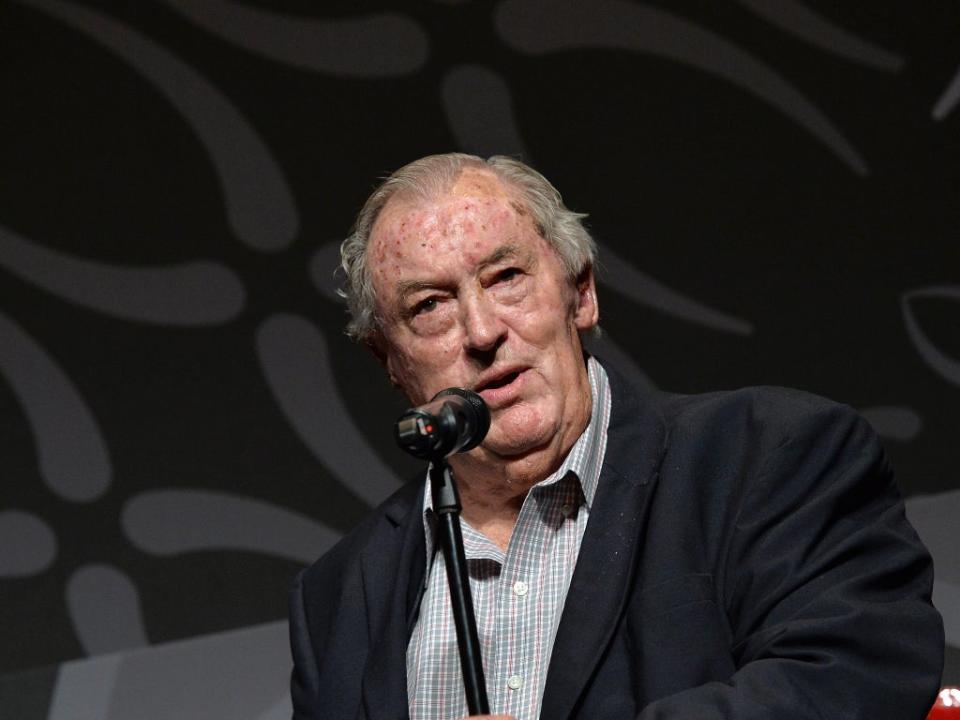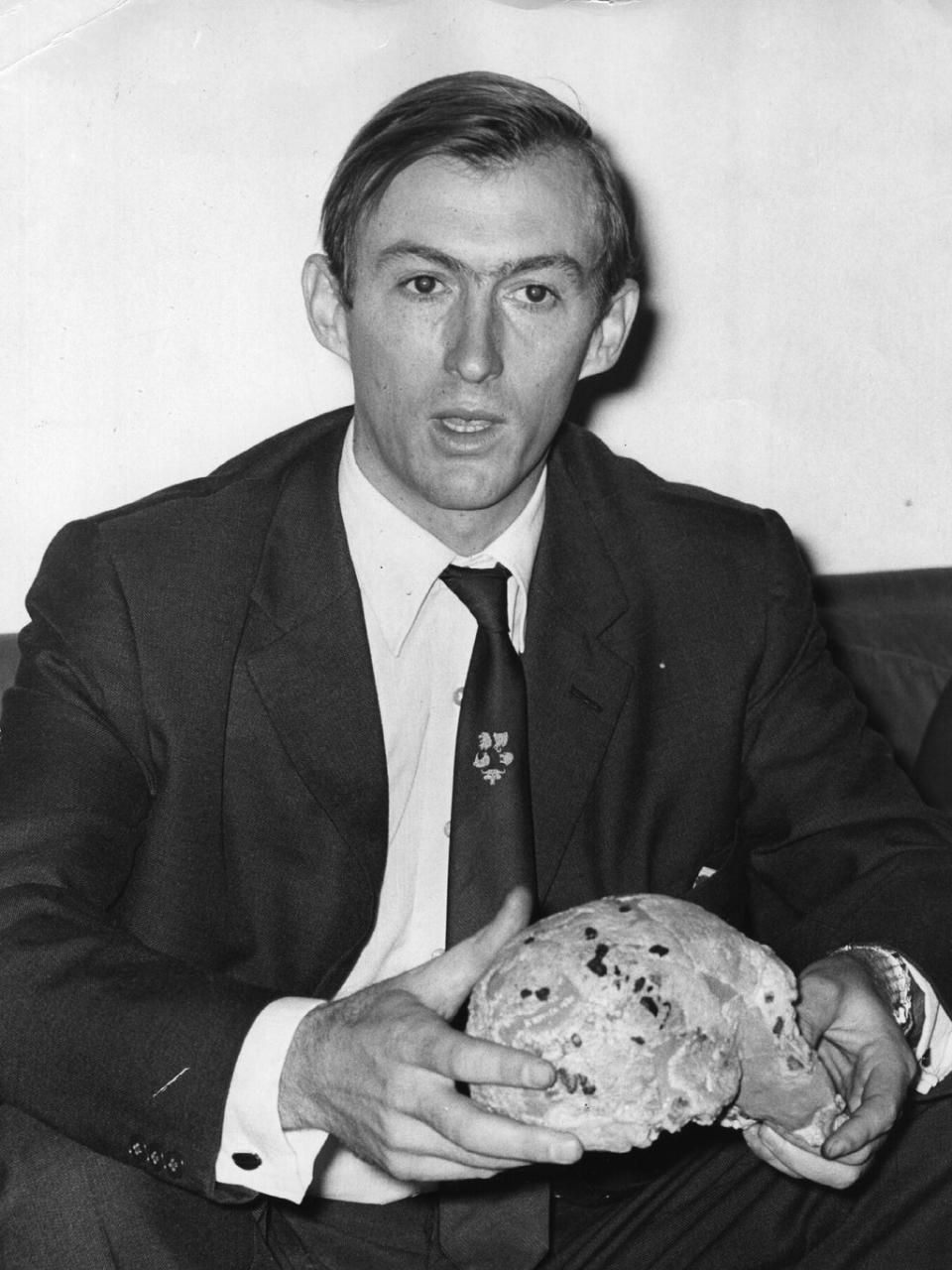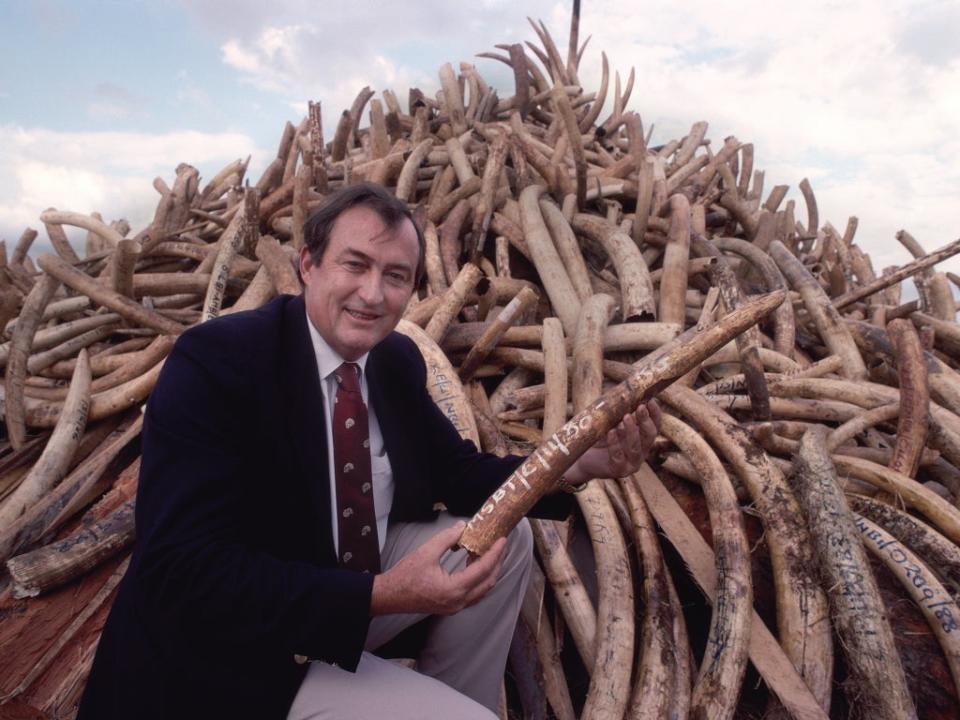Richard Leakey: Trailblazing fossil hunter and champion of animal conservation

Richard Leakey often said the things he liked doing best were those things that people said couldn’t be done. He also said he had no interest in being popular; rather, he was interested in getting done what was his passion at the time. As his passion shifted throughout his life, Leakey had an impact in more areas of human endeavour than most people do in one life.
It also had to be said that while Leakey’s action-oriented, no-nonsense style earned him admiration among his friends, it also garnered him more than a few enemies. This didn’t have significant consequences in the field of human origins research, for which he is best known internationally, but rather in the realm of Kenyan politics. It is widely suspected, for instance, that the 1993 crash of a single-engine plane he was piloting was not an accident.
At the time of the crash, Leakey was making life uncomfortable for people in high places with an interest in exploiting wildlife, including elephant ivory. He lost both legs below the knees in the crash. Typical of Leakey’s humour, he often liked to quip, “I’ve got two feet in the grace, but I’m still alive,” while giving his signature broad grin and staccato, snorting laughter.
I first met Leakey in 1975, in his sparse office at the National Museums of Kenya, of which he had been director since 1968. He was dressed in a blue blazer with brass buttons, a white shirt and red striped tie, and khaki slacks. I wasn’t. He later told me that my denim jeans and shirt had somewhat alarmed him as “a bit hippie”, but as I was a writer, he let it pass. Leakey’s need to dress “proper” captures an important beast he struggled with in his earlier professional life.
By 1975, Leakey had already accomplished two things that “couldn’t be done”. The first was to begin the transformation of the Nairobi museum from a parochial institution into a world-class centre for the study of human prehistory. The second was to discover a rich site of early human fossils on the east side of Lake Rudolph (later, Turkana), an area that was thought to be barren volcanic rock but turned out to be sandstone sediments. And yet, here was a man with no academic qualifications. He had left school at the age of 16, briefly flirted with trying to go to university in England five years later, but rapidly abandoned that idea in favour of action in the field back in Kenya.

Leakey had been sufficiently skilled politically to manoeuvre himself to be head of the museum when he was not yet 24, in 1968. But he felt snubbed because of his lack of scholarship. He set out to remedy that by authoring papers in the journal Nature on the remarkable human fossil finds being made at Lake Turkana, in northern Kenya. But even here he was nagged by the notion that the “real scientific analysis” was to be done by the “experts”. Leakey was determined as always, however, and pushed onward, his dress code being part of his defensive shield.
Michael Day, a British anatomist and human-fossil expert, has said that “nine-tenths of your importance in [human prehistory] comes from your finds”. Here, Leakey proved to be unmatched (although challenged by sometime friend and rival Donald Johanson, discoverer of the famous “Lucy” skeleton, in southern Ethiopia). In 1969, Leakey (and his new wife, Meave) launched the first full-scale expedition to the eastern shore of Lake Turkana. Within days, Leakey found a complete specimen of an early member of the human family, Australopithecus. It was the kind of discovery for which his famous parents, Louis and Mary, had had to wait almost three decades for. (Louis Leakey used to joke that the secret for his knack at finding fossils was “Leakey’s luck”. Obviously, Richard had inherited it in spades.)
The skull, known generally as 1470, that Leakey’s team uncovered had an unusually large brain, which made many people suspect it to be a species of Homo, the line that led to us. The skull was thought at the time (wrongly, it turned out) to be at least 2.5 million years old, making it the oldest Homo discovered to date, and the tools associated with it, the oldest tools.

The trove of early human-related fossils unearthed in the first two decades of prospecting on the eastern (and, later, the western) shore of Lake Turkana shifted the focus of human origins activities from southern Africa, where it began, to eastern Africa. With these discoveries came a much more nuanced view of human prehistory. Leakey’s skill as an organiser and international fundraiser made that happen. He never aspired to master the arcana of metrical analysis, cladistics, and the like, but he knew fossils as well as any anatomist, probably better.
In 1989, Leakey left his post as director of the National Museums of Kenya, announced the end of his involvement in human prehistory, and moved on to his next life, in wildlife conservation. Leakey had a lifelong passion for nature, seeded, he would say, by the otherwise miserable times he and his young brothers endured in remote parts of east Africa during their parents’ fossil-hunting expeditions.
When Leakey was appointed to head what became the Kenya Wildlife Services (KWS) in 1989, it was another opportunity to do something that couldn’t be done. That is, take a corrupt, dysfunctional organisation and transform it into an efficient institution with high morale and ethics. And save the elephants at the same time.

One of Leakey’s first actions was to burn 12 tonnes of elephant ivory, a spectacularly successful international public relations stunt that was key to the eventual banning of the ivory trade. He also fired 1,500 department employees suspected of corruption, hired new staff, dressed them in military-style uniforms, armed them, and ordered them to shoot poachers on sight. Some wondered what Leakey was “really” up to with what looked like a private army. Nevertheless, within three years, 100 poachers were dead, and Kenya’s elephant population was growing for the first time in two decades, literally wresting it from extinction. International donors rewarded these achievements by giving the country $140m for wildlife conservation projects.
Rooting out corruption, as Leakey had done, inevitably irked some corrupt people in high places. Many saw the 1993 plane crash as the inevitable pushback, writ large. As was the subsequent government “secret probe” that claimed to have uncovered “corruption and mismanagement” in KWS. Leakey resigned in disgust in 1994. Making a lasting impact in a quasi-political arena was not as easy as in paleoanthropology, even for the now more seasoned Leakey.
A devoted Kenyan national, Leakey was undaunted and plunged into real politics in an attempt to eliminate government corruption that he saw bleeding his beloved country. Frustrated by President Moi’s refusal to change course, Leakey cofounded opposition party, Safina, in 1995, another achievement that people said couldn’t be done. It was a tough passage, literally: Leakey found himself verbally excoriated by the president, and physically beaten up by his thugs. He became a member of parliament, briefly, in 1998.

Moi had to relent in 1999 when international funding institutions shut off further aid unless government corruption could be brought under control. Because of Leakey’s international reputation for high ethical standards, Moi appointed him as secretary to his cabinet and head of the civil service, the second most powerful job in the country, to do just that. Leakey approached that job in the way he did every such challenge: without compromise, and with great promise.
The result was two-fold: first, Leakey and his team began reining in corruption sufficiently within two years that the IMF and the World Bank reinstated $250m in aid; second, embedded interests in the administration began to push back, again, with Leakey’s proposed changes facing increasing resistance, and previous successes overturned by the courts. Leakey felt constrained to resign early in 2001, without comment on his reason. He announced he simply wanted to spend time on his “farm” on the edge of the Rift Valley almost an hour outside Nairobi, where, he said, he would grow grapes and relax.
Some argued that had Leakey not taken on the anti-corruption task, Moi might have been forced out by international and national pressures. As it was, Moi had to relinquish the presidency in 2002 anyway. His chosen successor, Uhuru Kenyatta, son of Kenya’s first president, was defeated by opposition candidate Mwai Kibaki. This unprecedented success of an opposition party in Kenyan politics can in part be attributed to Leakey’s earlier efforts with Safina and his brief foray into Moi’s arena.
Leakey had long been a gourmand, loved to cook and drink good wine. The idea of him tending vines and producing decent wine fit into his supposed plan after leaving politics, as well as notching up another feat that was said to be impossible because of supposedly unfavourable terrain and climate. He produced decent chardonnay and pinot noir. But, relax? Hardly.
In 2004, he founded WildlifeDirect, a web-based organisation whose goal was saving endangered species, especially the great apes. He also became chair of the Kenyan charter of Transparency International, a non-governmental organisation addressing political corruption. None of this surprised his friends.
What did surprise, them, however, was that Leakey became reacquainted with human prehistory research. In 2005, he became a full professor at Stony Brook University, New York, as part of its Turkana Basin Institute. The thrust of the institute was to develop research efforts in that region of Kenya on a scale and scope far surpassing all previous efforts. Leakey had finally got his feet in the door of academia with this project, even though he lacked any feet. And in 2007, he was made a Fellow of the Royal Society of London, a high honour his father coveted but never received himself. Not bad for a high-school dropout.
He is survived by Meave and their daughters, Louise and Samira, and Anna, his daughter from his first marriage.
Richard Leakey, paleoanthropologist and conservationist, born 19 December 1944, died 2 January 2022

 Yahoo News
Yahoo News 